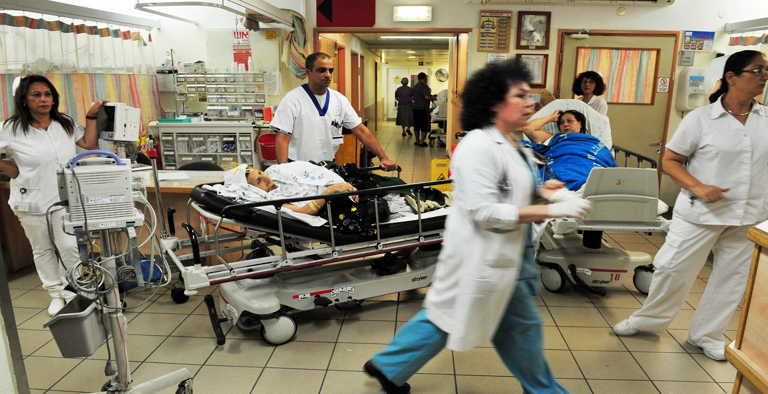The South Dakota Simulation in Motion (SIM) Program is an innovative healthcare initiative aimed at improving access to quality emergency medical care in rural and underserved areas of South Dakota, a state in the United States. The program utilizes mobile simulation training units to provide realistic medical training to healthcare professionals across the state.
The SIM Program was launched to address the unique challenges faced by healthcare providers in rural areas, where access to specialized training and resources can be limited. The program is a collaboration between several organizations, including the South Dakota Department of Health, the South Dakota Office of Rural Health, and the University of South Dakota.
The cornerstone of the SIM Program is a fleet of mobile training units, equipped with high-fidelity patient simulators and advanced medical equipment. These units are essentially portable simulation labs that can be transported to various locations throughout South Dakota, bringing hands-on training opportunities directly to healthcare professionals in their own communities.
The SIM Program offers a wide range of training scenarios, including trauma care, cardiac emergencies, pediatric emergencies, and more. Through simulated scenarios, healthcare providers can enhance their clinical skills, improve teamwork and communication, and practice critical decision-making in a safe and controlled environment.
In addition to training sessions, the SIM Program also supports continuing education and certification courses, ensuring that healthcare providers stay up to date with the latest advancements in emergency medical care. The program also collaborates with local hospitals, EMS agencies, and other health care facilities to strengthen regional healthcare networks and foster ongoing professional development.
The South Dakota Simulation in Motion Program has proven to be a valuable resource in enhancing the preparedness and capabilities of healthcare providers across the state. By bringing advanced simulation training directly to rural areas, the program aims to bridge the gap in access to quality emergency medical care and ultimately improve patient outcomes.

